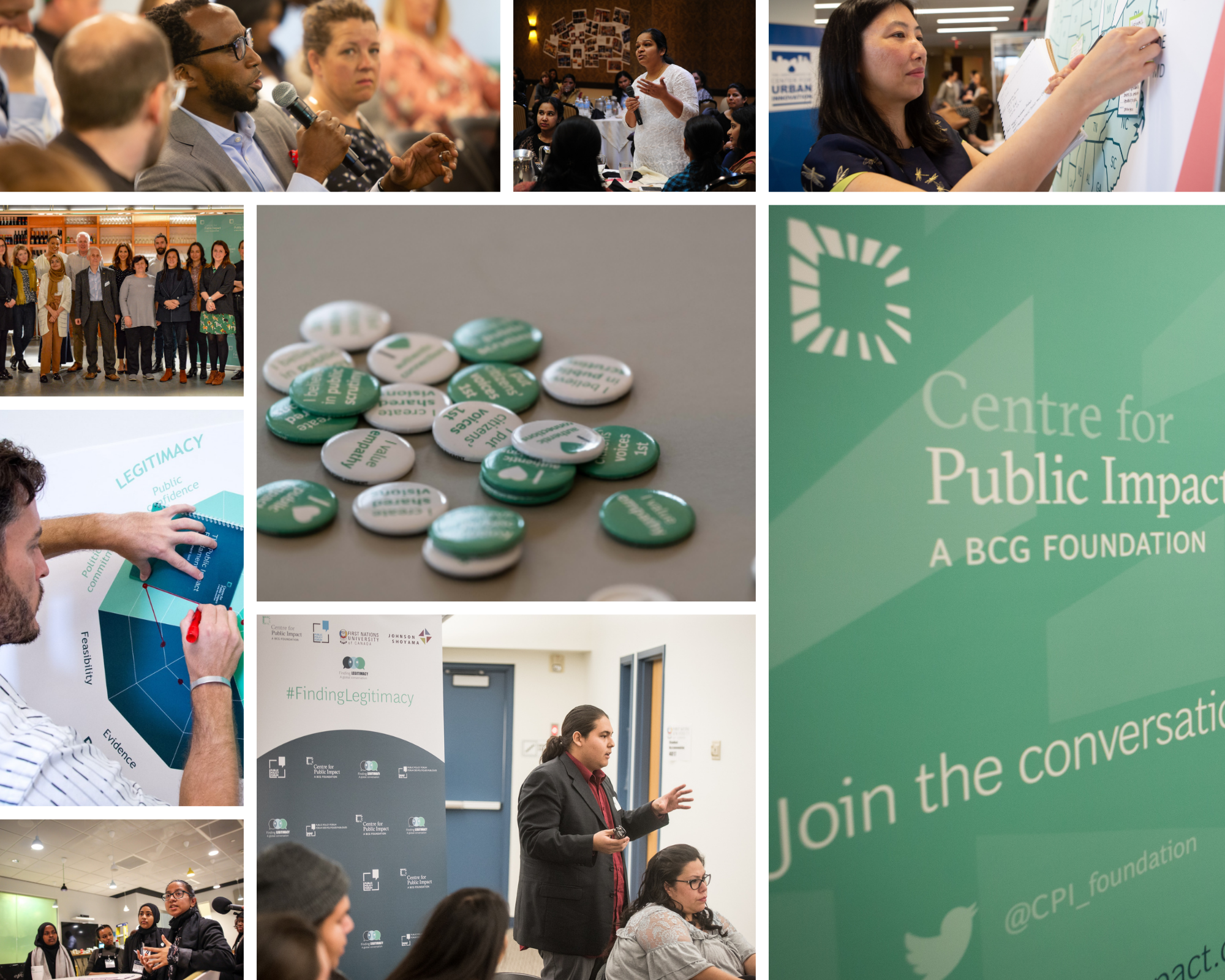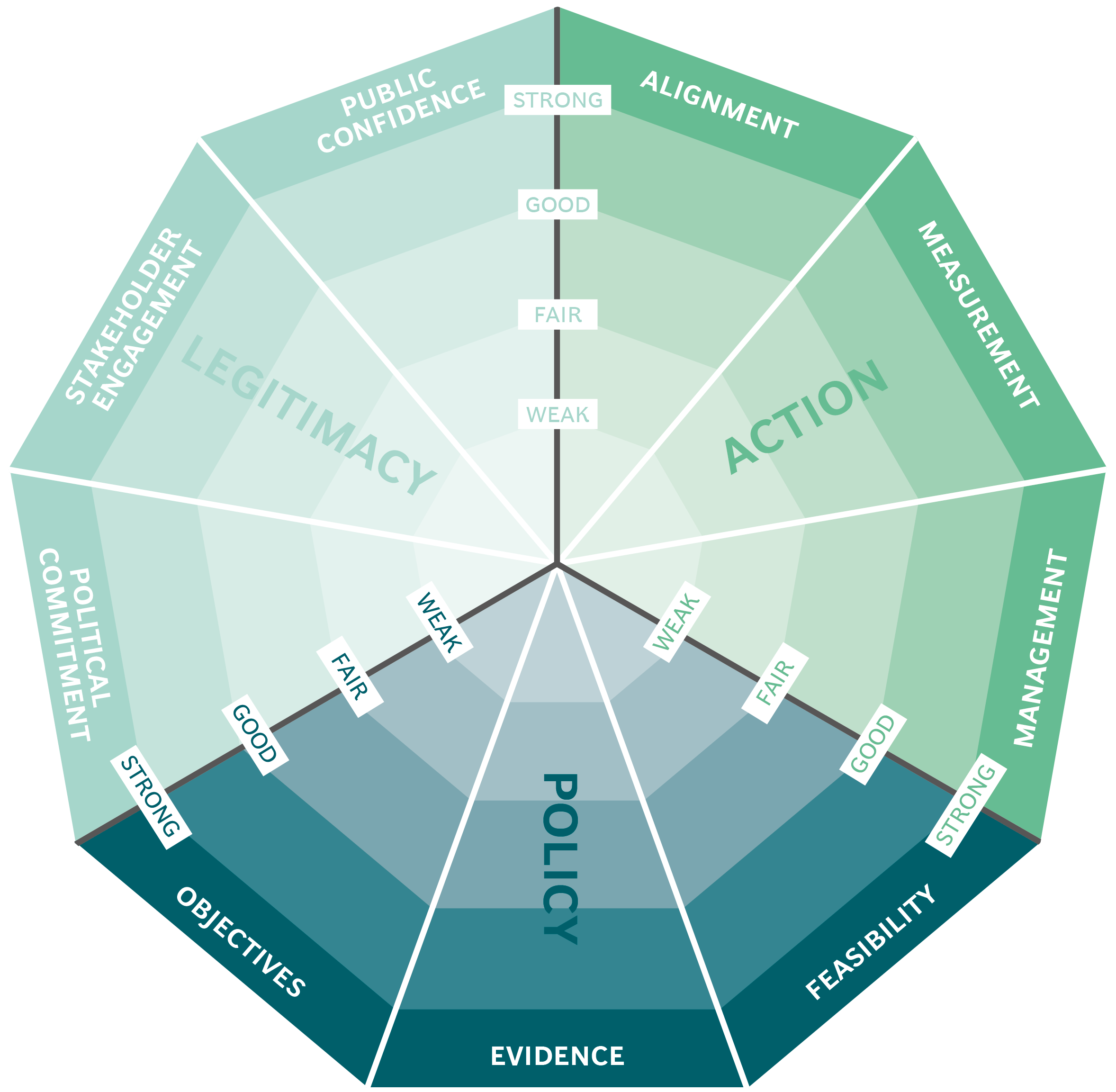
Transportation in New York
The initiative
By 2010, smaller transit agencies around the country had shown that an open data model was a low-cost approach to improving customer information. To keep pace, the MTA launched a dynamic information website, including a developer's resource centre that enabled free use of its open data feeds to developers who were building mobile apps and websites.
The change in culture came from the top: Jay Walder, formerly at Transport for London, became the MTA's new chairman and CEO in the autumn of 2009. As he said: “We need to get out of our own way and instead get out in front of the data sharing revolution”. [1] Under his leadership, the MTA opened up its operations data:
- MTA schedule, route and fare information was available directly from the MTA website in a standard format, and updated whenever the service changed.
- The agency also unveiled a revised website based on an open standards approach.
- This approach also allowed it to build and modify the Bus Time app using off-the-shelf hardware and software, to work with a variety of firms as the need arose, and to retain control over any improvements and extensions to the system.
The challenge
In 2007, New York City's Metropolitan Transportation Authority (MTA) found itself struggling in an age of open information.
App developers wanted to use MTA data, but had to submit freedom of information requests to get it, while the agency's intellectual property lawyers threatened to sue them. Developers argued that demand existed for this information and that they were finding ways of getting schedule and route data anyway - by screen-scraping it off the MTA website, filing freedom of information requests or generating their own data.
By keeping its transportation data locked up, New York risked its already poor travel system falling further behind those of the world's other great cities.
The public impact
The MTA's open data policy has had positive effects for app developers and users of its transit system:
- It now offers a “rich quantity of data” [2], which includes a “great variety of real-time data types that are not commonly seen in other agencies”.
- In the two years since the MTA released its first data sets, independent software developers have built nearly 70 apps. These are the product of several rounds of apps contests (‘App Quests') held by the MTA and the city of New York.
- The MTA has seen an 8 percent drop in call centre volumes and costs.
- Customer surveys have shown a significant improvement in MTA's image.
- There is increased income from licensing fees,
- It has encouraged the development of apps critical to niche groups that might otherwise not be served, such as the disabled.
- The New York subway system “hosts a catalogue of 86 iPhone apps on its website, many of which were created by independent developers.” [3]
Stakeholder engagement
Engagement between the MTA and app developers was strong, as was engagement with other sections of the community:
- In developing certain apps, the MTA collaborated with students. For example, to help fill in the gaps in its apps, it turned to a team of electrical engineering graduate students from Columbia University and the City College of New York. They devised a smart way to improve real-time location information.
- MTA holds App Quest contests, designed to increase the diversity of apps while ensuring that it maintains overall control of the process. It specifies the customer needs to be addressed and offers prizes totalling US$50,000 to stimulate the development of relevant apps.
Political commitment
There was strong political support for the initiative and policies to support the initiative:
- In 2009, before launch of the initiative, New York's mayor, Michael Bloomberg, said he would put city data online and sponsor a contest for developers.
- In March 2013 Governor Andrew M. Cuomo signed Executive Order 95, laying the foundation for a more open, transparent and innovative state. At the same time, Governor Cuomo introduced Open NY, an award-winning initiative of policies, programmes and tools that provide public access to digital data for collaboration and analysis.
Public confidence
Public confidence in both the MTA and its chairman at the time of the launch of the open data initiative was very low. There was scepticism about the MTA's ability to deliver large projects, particularly given the poor quality of the subway and bus service.Clarity of objectives
Initiatives such as App Quest (now App Quest 3.0) provide evidence that the MTA’s objectives have been kept in view and there is clear alignment with the original goals of the open data initiative.Strength of evidence
The MTA drew on its own negative experiences and the open data initiatives of other cities' transport systems, although no evidence was found that studies were conducted prior to the launch of its own initiative. However, there was consultation with transport and technology experts and a number of pilots:
- The open source approach used in Bus Time (a service provided by the MTA) was piloted on Brooklyn's B63 bus route by Open Plans, a New York City-based technology firm and its expansion to all of Staten Island's buses is being developed with other technology firms.
- The MTA benefited from its late adopter status by being able to learn from other agencies' prior experiences by leapfrogging other agencies in innovating an open source approach to installing location-tracking hardware on its buses.
There was a forum for IT staff from all MTA agencies to learn from internationally recognised open data specialists.
Feasibility
The relevant concerns were evaluated, as evidenced by the careful selection of the particular open data model in terms of cost control and the MTA's existing capabilities:
- The MTA opted for an open standards approach, which allowed it to use off-the-shelf hardware and software, to work with a variety of firms as the need arose, and to retain control over improvement and expansion of its systems.
- However, a cost-benefit analysis of the manpower and budget required was never done.
Management
The MTA create a separate agency, the Open Data Task force, to handle issues surrounding this initiative. The responsibilities of the task force were clearly defined and it consisted of representatives from all the relevant agencies. It was set up to advance, coordinate and oversee MTA's transparency initiatives.
It was also in charge of surveying best practices regarding open data and developing an all-agency policy to enable customers and stakeholders to manage their mobility and data tools.
The MTA's new open source approach was an impressive achievement, given Jay Walder's admission that “when I first arrived at the MTA, people kept telling me the MTA doesn't do technology. Well, that's simply not acceptable." [4]
Measurement
The MTA had not put measures in place at the launch of the initiative and they were only developed with the formation of the Open Data Task Force. However, surveys were conducted before and after the rollout of real-time information services to gauge impact. In addition, agencies refined data quality through pilot deployments on Brooklyn and Staten Island bus lines.Alignment
The lack of resources within the MTA and the lack of data integration between the MTA agencies indicate that not all actors were well-equipped to implement the initiative successfully:
- The MTA worked with many hardware and software contractors to provide data through apps.
- Tim Baker, the director of strategic initiatives for MTA bridges and tunnels cited the lack of resources as a problem for distribution of data to developers.

The Public Impact Fundamentals - A framework for successful policy
This case study has been assessed using the Public Impact Fundamentals, a simple framework and practical tool to help you assess your public policies and ensure the three fundamentals - Legitimacy, Policy and Action are embedded in them.
Learn more about the Fundamentals and how you can use them to access your own policies and initiatives.
You may also be interested in...


ChileAtiende – a multi-channel one-stop shop for public services

Mexico City's ProAire programme

National portal for government services and Information: gob.mx

Urban agriculture in Havana
